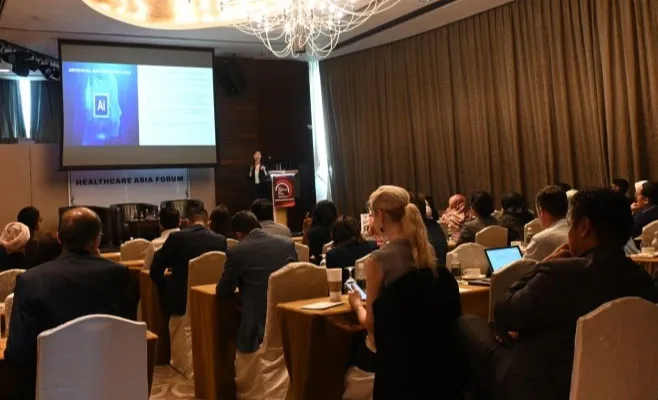"Did you know that if you ever needed surgery for a rare condition, you could be operated on by a highly specialized surgeon who is sitting in his office more than 10,000KM away?" Dr Warren Lo, consultant Urologist in Gleneagles Hospital Kuala Lumpur explains.
Advantages of Robotic Surgery
Robotic surgery brings many advantages, primarily that it has enabled surgeons to visualise better, gain greater access to structures, improve dexterity, reduce tremors, and provides greater comfort during operations, especially during complicated surgeries. It allows the surgeon to suture with greater ease due to the greater degree of motion robotic surgery allows. Ultimately, it has proven to save operating time and has arguably resulted in better operative techniques
Today, there are already more than 5,600 robots in 67 countries with more than 7,200,000 procedures performed. About 80 percent of prostate cancer surgeries are done robotically in the US and 70 percent in the UK.
According to an article published in the Laparoscopic, Endoscopic and Robotic Surgery journal in 2019, a mathematical model was created to compare robotic and standard laparoscopic procedures and to determine the more effective surgical treatment from a patient's point of view, thus assisting the patient in making the right decision. The robotic approach clearly stood out as the preferred option of the two studied surgeries (prostate and lung).
At the same time, 72 studies have evaluated various robotic surgeries and concluded that they were associated with reduced morbidity, less blood loss, reduced hospital stays, and comparable clinical outcomes when held against the corresponding open procedures. They also offer a shorter operative duration and a faster learning curve compared to laparoscopic methods.
Augmented Reality & Robotic Surgery
One of the innovations introduced in robotic surgery recently, and taking it to another level, is augmented reality (AR). AR allows us to visualise what a real-life environment looks like with a digital augmentation overlaid on it. A simple example of an AR program allows an interior designer to visualise what a room looks like when it is filled with the desired furniture and fittings.
AR helps in remotely guided operations, where an expert in one part of the world can visually guide surgeons in another continent to perform surgeries in real-time and without the necessity of physical presence. It is also used as a platform for teaching, where junior surgeons can learn the intricacies of surgical procedures without crowding an actual surgery and risking breaching the sterility of the operation theatre.
The innovative solution, known as Proximie, was used for the first time in 2018 during a robot-assisted procedure at Guy’s Hospital, London. This technology has been used in many parts of the world including Vietnam, Ecuador, Mexico, and South Africa, linking surgical teams to experts located in the United Kingdom or the USA. This pioneering technology, which literally allows surgeons to transport themselves into an operating theatre anywhere in the world, has even helped doctors in war zones.
How AR Works with Robotic Surgery
Professor of Robotic Surgery and Urological Innovation at King’s College London, Mr Prokar Dasgupta, is a big proponent of AR. Professor Dasgupta uses the technology to instruct colleagues as they perform robotic surgery without himself needing to be present in the operating theatre.
This software allows Professor Dasgupta to see the operations in detail on his laptop. He verbally instructs his robotic surgical team using the software which then broadcasts to him through speakers in the operating theatre. A video screen in the operating theatre also allows his colleagues to watch Professor Dasgupta use his hands and fingers to indicate where to make incisions and what to avoid with the robot arm. While his colleagues have control of the surgical robot’s movements. The technology enables the surgeon to perform the surgery as precisely as the Professor would have wanted from his knowledge and experience.
The true advantage of AR here is that it can allow even complex operations to take place at a moment's notice without the hassle of travel. Irrespective of location, patients get the best expertise available even when the area is not immediately accessible. Ultimately, this means that procedures are safer, and properly guided, and patients receive the best care possible.
Connected Care
Innovations like these erase boundaries and eliminate logistical obstacles to good medical treatment. Through Proximie’s AR-assisted remote collaboration platform, patients no longer need to wait for long periods or make extensive journeys to get the help they need. Aided by the latest mobile tools and gadgets, a consultant surgeon can deliver complicated surgeries from anywhere in the world, allowing patients to receive the best treatment without ever leaving their hometowns.










